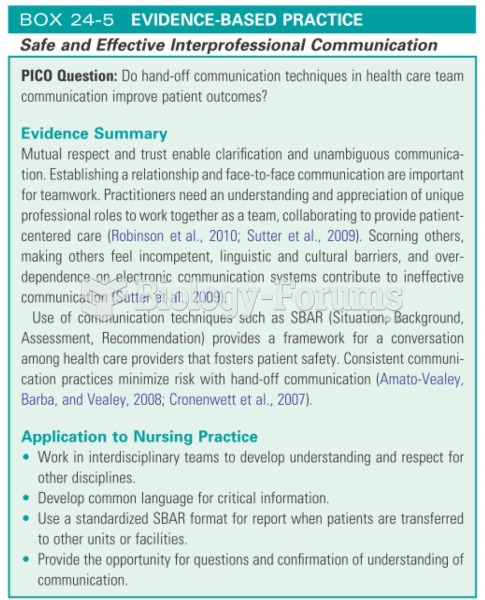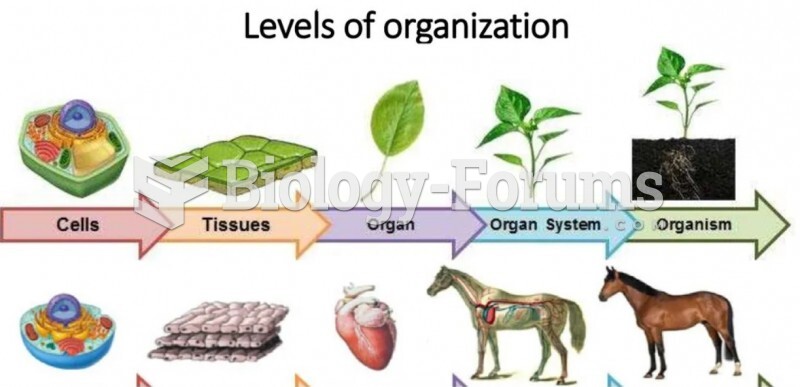Answer to Question 1
To h
elp ensure that knowledge lodged at lower hierarchical levels is captured,
discussed, and acted upon, leaders can enable upward communication by:
1. Top executives can acknowledge both to themselves and to the organization that they do not know everything that needs to be known about the organization and its competitive environment. That acknowledgment needs to include the explicit recognition that they need to learn from lowerlevel employees.
2. Executives can create channels for information to flow upward in an uncluttered and unfiltered way. These channels often take the form of direct contact and communication between upper management and lowerlevel employees. Taken by themselves, such tacticsmanagementby walking around, internal comment and suggestion cards, graffiti walls where employees' comments are postedmay seem superficial and programmatic. They can and do become real when upper management seriously seeks and values such input.
3. Executives can also push decisionmaking authority down to lower levels,
allowing employees to exert authority and take responsibility for the organizationalenvir onmental interface.
Answer to Question 2
ective leadership is not about imposing new directions and demanding new behaviors. Instead, effective leaders energize an organization for change, build commitment to new directions, and then put into place a process that will translate such commitment into action. There are five core tasks which place greater emphasis on what the leader does rather than who the leader is:
Develop and articulate clear and consistent sense of purpose and direction for the organization
Establish demanding performance expectations
Enable upward communication
Forge an emotional bond between employees and the organization
Develop future change leaders







